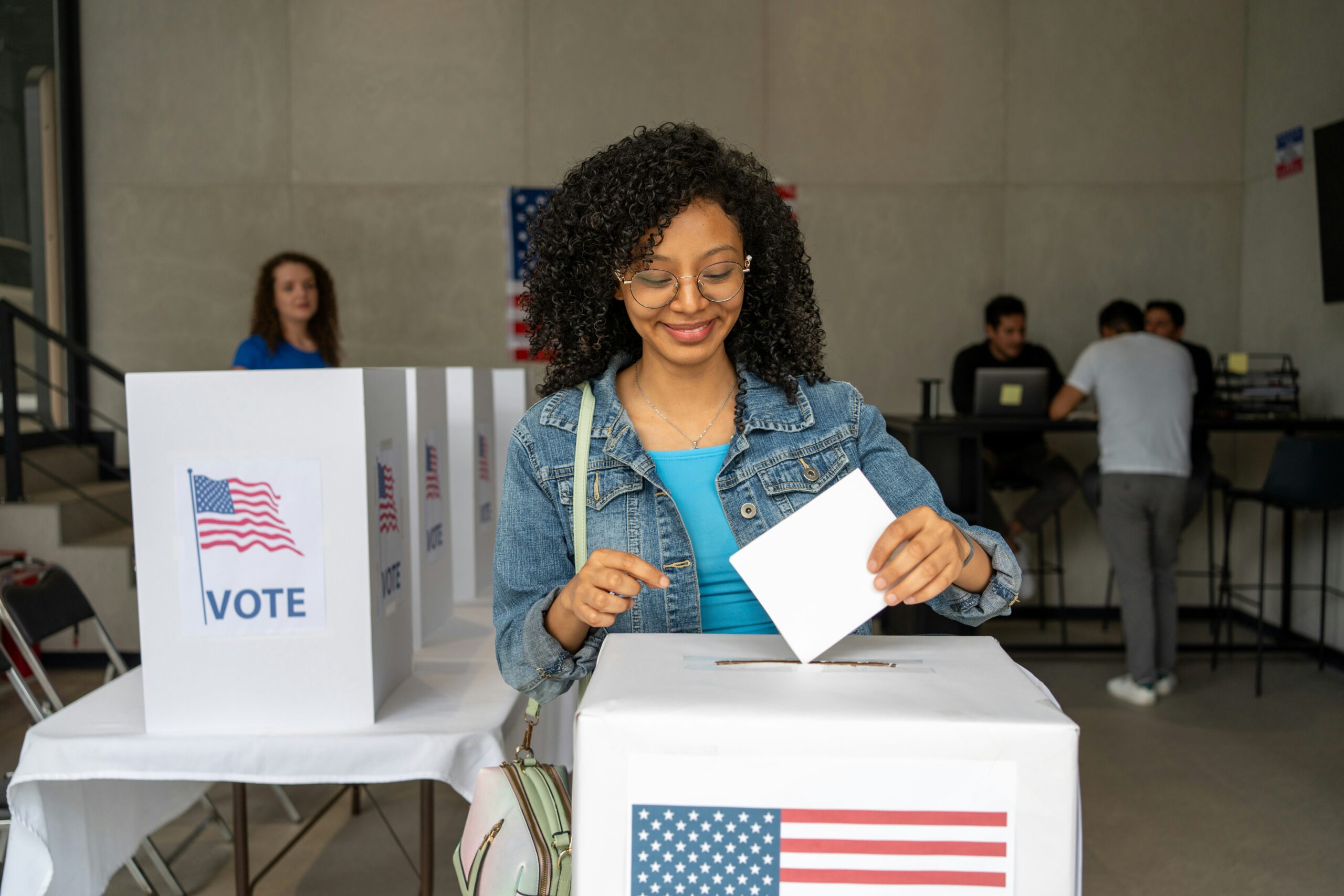
Voter turnout shapes who wins and what policies follow. A few thousand votes can change a district. In close races, every vote counts. That’s why campaigns pour money into targeting likely voters. They don’t say how much they benefit from low turnout in certain areas.
When fewer people vote, those in power stay in power. Understanding this dynamic is key to recognizing voter turnout secrets campaigns keep quiet.
The Hidden Strategy Behind Low Voter Participation
Most people assume campaigns want everyone to vote. That’s not always true. Many campaigns quietly rely on low voter turnout to win.
Some use microtargeting tools to motivate only “reliable voters” with a history of showing up. Others purposely avoid boosting engagement in areas where they expect strong opposition.
For example, a campaign may skip sending mailers to neighborhoods with changing demographics. If those voters don’t show up, their voices stay silent—and that’s just what the campaign wants.
Why Campaigns Focus on “Persuasion,” Not Participation
Campaign consultants often say, “It’s not about turning out everyone—it’s about turning out the right ones.” This reveals the voter turnout strategy: the campaign aims to persuade and mobilize a specific subset of voters, not the full public.
They use polls, social media behavior, and voter files to decide who matters most. If your name doesn’t fit the profile, you’re likely ignored.
This selective strategy drives up winning odds but leaves many voters disengaged. It’s not a glitch. It’s the plan.
Disinformation and Confusion: Tools to Suppress Turnout
One shocking way campaigns keep turnout low is through confusion. Disinformation campaigns spread online. Digital ads often feature fake voting deadlines, misleading poll locations, or wrong ID rules. These aren’t random mistakes. They often target voters of color or first-time voters.
Some efforts may not come directly from official campaigns. Still, they serve the goal of lowering votes from opposing groups. This tactic harms democracy by making voting harder for people already underrepresented.
How Long Lines and Limited Polls Hurt Voter Turnout
Another tactic is limiting access. Lines grow longer when polling places are cut, especially in dense or low-income areas. Many can’t wait hours to vote due to jobs or caregiving duties. This discourages turnout and helps campaigns that count on fewer voters.
In states with strict voter ID laws or limited early voting, turnout often drops further. These policies affect students, seniors, and marginalized communities the most.
Yet campaigns rarely speak against these barriers, especially when those barriers benefit their odds.
Early Voting and Mail Ballots: A Game Changer Campaigns Watch Closely
Mail-in and early voting have shifted the game, but not all campaigns promote them. More voting options bring unpredictable results, and a broader pool of voters makes outcomes less certain.
Campaigns track mail-in returns daily during early voting periods. If turnout in certain zip codes spikes, they may adjust ad spending or canvassing routes. This shows how tightly they monitor who votes and when. It’s not just about turnout—it’s about managing it to control the result.
The Real Reason Youth Voter Turnout Stays Low
Young voters have the numbers to sway elections, yet their turnout stays low. One reason is neglect. Campaigns spend less time reaching young people because they assume they’re too “unreliable.”
This creates a cycle. Youth feel ignored and unrepresented. So they don’t vote. And campaigns then use this to justify ignoring them again.
Breaking this cycle requires civic education and community-driven organizing. Campaigns won’t fix it, because the current system works for them.
Voter Data Is Used to Target, Not Empower
Modern campaigns have detailed data on voters. They know who you are, how often you vote, and what issues move you. But this information is rarely used to empower people to vote. Instead, it’s used to segment and filter.
If considered a low turnout risk, you’ll receive texts, mail, and door knocks. If you’re not, expect silence.
This selective targeting leaves millions unengaged and uninformed. It narrows democracy into a race between high-propensity groups. That’s a core voter turnout secret campaigns don’t admit.
Campaign Silence on Turnout Tools Speaks Volumes
Tools that increase turnout include automatic registration, same-day registration, expanded voting hours, and ballot drop boxes. These proven methods make it easier to vote.
However, campaigns often stay silent on them, especially if a high turnout might help their opponents. Pushing for voting access is risky when your win depends on fewer voters participating.
This reveals how campaigns balance power and principle. The silence on turnout tools is not oversight—it’s strategy.
How to Beat the Turnout Game and Make Your Voice Count
Understanding these voter turnout secrets empowers you. Here’s how to counter them:
- Vote early or by mail when available.
- Help others register, especially first-time voters.
- Check your voting info only from official sources.
- Volunteer for voter outreach in overlooked communities.
- Support groups fighting voter suppression, not just candidates.
Campaigns may not want you to vote, but your power grows when you do. Show up, speak out, and stay informed.
The Power They Hope You Never Use
Campaigns run on data, precision, and strategy. They often succeed by narrowing the electorate. They hope you never realize this: a high voter turnout changes everything.
Low participation helps maintain the status quo, while high turnout disrupts it. Policy changes, leadership shifts, and new voices rise when more people vote.
Now that you know the secrets, use them. The best way to beat manipulation is simple—vote anyway.